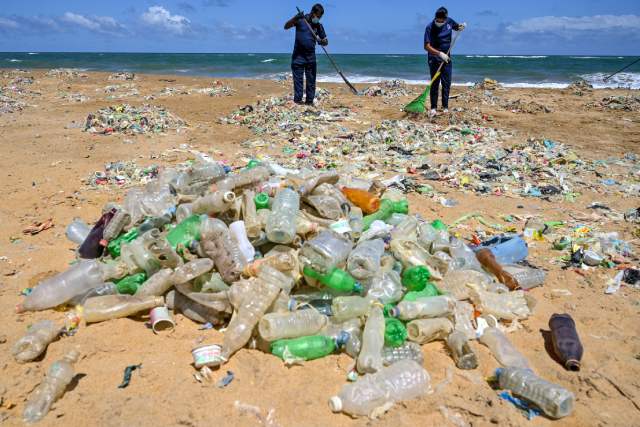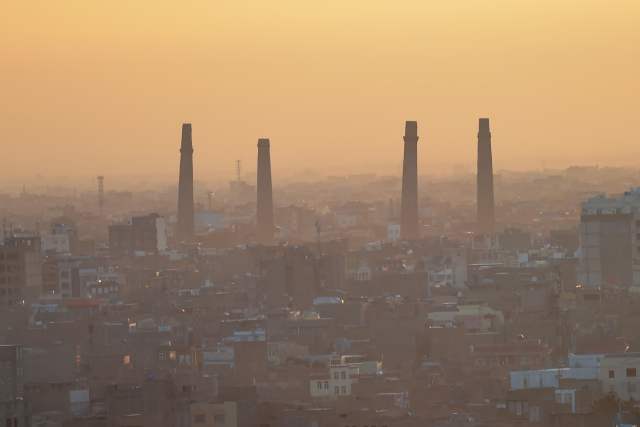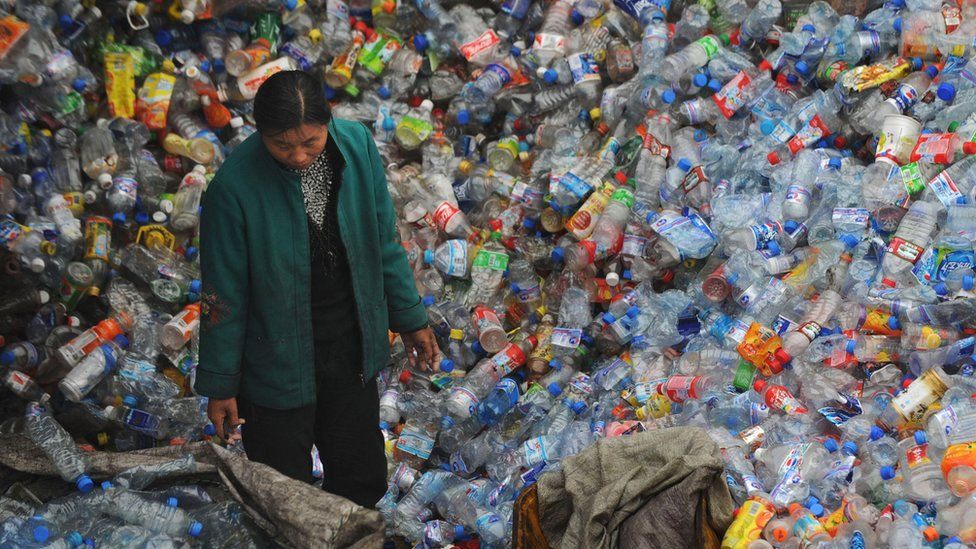Scientists warned that production must be limited urgently, as there are 350,000 synthetic products invented by humanity in the atmosphere or in the environment.
(STOCKHOLM, SWEDEN – SRC).- The vast amounts of plastics and chemicals produced by humanity have exceeded bearable “planetary limits” and production must be urgently curtailed, scientists have concluded for the first time in an investigation.
The effects we are beginning to see are large enough to affect critical functions of planet Earth and its ecosystems,” said Bethanie Carney Almroth, co-leader of the study from the Stockholm Resilience Center (SRC).
New research led by SRC's @Collste tracks development of wellbeing-related #SDGs against GDP per person in seven world regions and the world as a whole.
— Stockholm Resilience Centre (@sthlmresilience) February 15, 2022
Main human needs are achieved at around US$15,000 measured in 2011 US$ purchasing power parity.https://t.co/QeQpPAcVsZ
There are 350 thousand synthetic products invented by humanity present in considerable volumes in the atmosphere, the ocean, or directly or indirectly in the environment , the scientist assured.
The study is released when negotiations begin on plastic pollution “from the source to the sea”, an issue that will be addressed by the UN at the end of the month in Nairobi.

Less than 10% of the world’s plastic is recycled. (Photo: AFP)
Although all efforts to prevent these materials from being present in the environment are good, the magnitude of the problem prompts scientists to advocate more radical solutions, such as establishing maximum production limits.
Taking into account that recycling shows mediocre results, such as the fact that less than 10% of the world’s plastic is recycled, for a production that has doubled since 2000 and currently reaches 367 million tons.
Currently the plastic present on earth represents four times the biomass of all living animals, according to scientific studies.

Workers clean up a beach littered with rubbish in Sri Lanka. (Photo: AFP)
What we are trying to say is that enough is enough, we can’t take any more. Perhaps it is necessary to put limits on production, to say that it is not necessary to produce until a certain level,” said the researcher who lives in Sweden.
For several years, the Stockholm Resilience Center has been conducting benchmarking work on “planetary boundaries” in nine domains (climate change, freshwater use, ocean acidification…)
The objective is to establish whether humanity is in a permanent “security space” or whether, on the contrary, the limits have already been crossed and the future of the planet is threatened.
The “new entities”, that is, the chemical products created by humanity (plastics, antibiotics, pesticides…) as well as the metals in their unnatural concentration, are so far unknown and the conclusion of all this seems complex.
“We are just beginning to understand the long-term and massive effects of these contaminations”
Bethanie Carney Almroth
Industrial Secrecy
Not only are these products countless, but the data on their risks is non-existent or is subject to industrial secrecy. But by definition they correspond to the industrial age, contrary to the other parameters studied on the “planetary limits” that make it possible to compare over 10 thousand years or more.

A thick layer of environmental pollution covers the Afghan city of Herat. (Photo: AFP)
Pesticides that kill organisms indiscriminately, ingestion of plastic by living beings, hormonal or reproductive effects, and so on… Chemical contamination threatens the environment by damaging the physical and biological processes on which life rests, a phenomenon aggravated when the product has a long stay.
There is talk of 350 thousand different substances. The vast majority of them, their production quantity or stability, the effect on the environment and the toxic level are not known,” Carney Almroth said.
Even the most complete databases, such as “Reach” in the European Union, only cover 150,000 products, of which only a third are the subject of advanced studies regarding their toxic level.

A farmer sprays pesticides on a field in New Delhi, India. (Photo: AFP)
Taking into account this lack of data, the team then concentrated on what is known, and those partial elements were enough to reach an alarming conclusion.
Taking these scattered fragments and the evolution over time (…) we conclude that all the indicators point in the wrong direction”, estimated the scientist from the University of Gothenburg.
For the four co-authors of the study, “there is still time to reverse the situation, however, we require urgent and ambitious actions worldwide.”
Of course, there is no panacea because many of these products are used and necessary for our lives, although many others are not,”
Bethanie Carney Almroth.
But for her, all the efforts at the level of initial production or waste management will not prevent it from being necessary to lower the volumes manufactured.
TYT Newsroom



